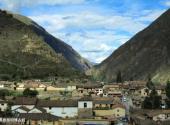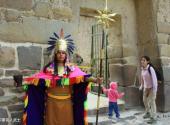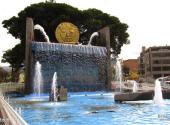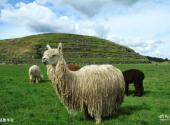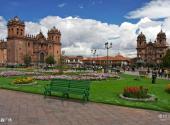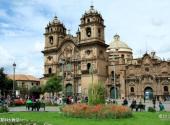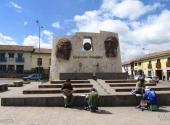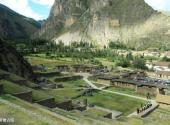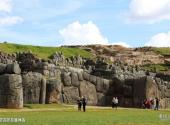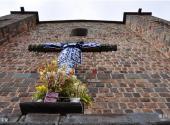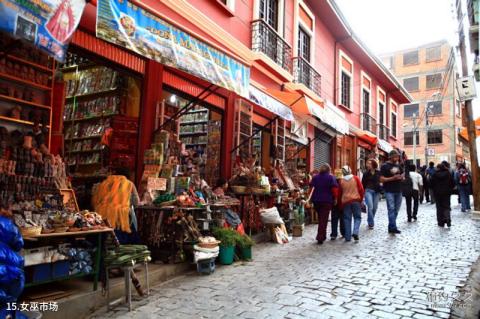
Scenic spot introduction:
Cuzco is called "the pearl in the crown of the Andes" and "the cradle of ancient Inca culture" by Peruvians. Located in the Andes Plateau Basin at an altitude of 3,410 meters, Cuzco is a famous ancient city in southern Peru, the capital of the ancient Inca Empire, and now the capital of Cuzco Province. The ancient city has preserved many Inca relics, making the city itself a vivid historical site. museum , carrying the ups and downs of the Inca civilization.Attractions distribution:
Cusco is the cradle of the brilliant ancient Inca culture and the pinnacle of Indian civilization in South America. The main attraction of this ancient city is the numerous mysterious Inca ruins. Plaza de Armas It is the central square of Cusco. Church of San Domenico It is a fusion of the church and the Sun Temple. The main attractions are: The Last Supper , Gold plaque , cross , the ruins of the Temple of the Sun, etc. The ancient Inca ruins in the suburbs of Cusco include Pisac Castle Fortress , Ollantaytambo , Saksahuaman Temple wait.Scenic spot qualifications:
World Cultural Heritage, World Natural HeritageScenic spot features:
Photography, sightseeing, culture, cities, Inca ruinstravelling guideline:
1. The main attractions in the city are concentrated in Plaza de Armas The most important one is built on the Sun Temple Church of San Domenico Cusco was once the glorious Inca Empire. In 1533, Spanish colonists invaded and looted all the treasures and cultural relics. After several earthquakes and more than 200 years of tug-of-war, the city was greatly damaged. However, some streets, palaces, temples and houses from the Inca Empire era still remain in the city. Later, Spanish colonists built a large number of houses. The fusion of the two architectural styles is known as the unique Spanish-Inca architectural style.
2. You can choose a one-day tour organized by a travel agency to visit the ruins of the ancient Inca fortress in the suburbs. The explanation of a professional tour guide can help you better understand the once glorious Inca culture.
Best time to visit:
Cusco has distinct rainy and dry seasons. The rainy season is from October to March of the following year, with particularly concentrated rainfall in January and February. The Inca Trail has collapsed many times during the rainy season, so the Peruvian government closes the trail in February every year. Tourists should try to avoid going to Cusco during this period.
Scenic spot location:
America>Peru
How to get there:
Airplane: Cusco Airport is located in the southeast corner of Cusco. Due to the airport's proximity to the city center and the terrain and weather, the airport has limited passenger capacity. Although the airport is small, it has always been the second most important and busiest airport in Peru. International routes departing from and arriving at Cusco are very limited. Currently, there are only short-distance routes between La Paz in Bolivia and Cusco operated by a small airline Amaszonas. Most international tourists who arrive in Cusco by air transfer via the capital Lima. Domestic flights There are multiple flights from Cusco every day to the capital Lima, the second largest city in Peru Arequipa and Puerto Maldonado, an important city in the Amazon Basin.
Train: There are two train stations in the center of Cusco. Plaza de Armas They are all very close and can be reached in about 15 minutes on foot.
Scenic area map:
Click to expand the scenic area map
Cusco Ticket Prices:
The Cusco City Tourist Package costs 130 soles, which includes tickets to more than a dozen important attractions in Cusco and several surrounding cities and villages. It is valid for 10 days and can be entered multiple times during the validity period.



